If you're in the market for a great Android, the Xiaomi Mi 11 is going to be a tremendously out-of-the-field choice, especially for those who want to get the best hardware available.
Thanks to the Mi 11 launch event in January, we already know most of what Xiaomi has to offer. However, the phone is flying under the radar of some customers, as it won't be available until March and likely won't launch in the US.
Xiaomi is using many of the same components found in Samsung's Galaxy S21 series in the Mi 11. However, the Mi 11 has a lower starting price and appears to offer more than the nearest priced S21. Check out the specs and see why we are eager to try it out when it is released.
The Mi 11's base price has been confirmed at €749 in Euro. Last year's model, the Mi 10, sold for £799 in the UK and €799 in Europe. Xiaomi appears to be following in the footsteps of Samsung and Apple in lowering the price of its flagships.
Although it is available in China, Xiaomi will not bring the Mi 11 to the UK until March, and even then we do not yet have an exact date; Xiaomi is not yet established in the U.S., so American readers will not easily be able to get the Mi 11. And with Xiaomi currently in dispute with the U.S. government over alleged ties to the Chinese military, it is unlikely that tensions will be calmed anytime soon.
The Mi 11 has a modest but elegant design, following the punch-hole display of the Mi 10, which is basically the standard for panels on recent Android phones. However, instead of being curved at the left and right edges, the display flows around the edges on all sides.
On the back, there is a square camera bump in the upper left corner, unlike the slim camera block on the Mi 10. The back is left as an unadorned glass surface, save for the Xiaomi logo.
The glass-backed version comes in the usual two colors, Horizon Blue and Midnight Gray. However, Xiaomi offers a third color in other markets, Cloud White, and two "eco-leather" options in gold or violet if you prefer a softer, grippier surface.
The 6.8-inch Mi 11 is one of the largest smartphones available today, comparable to the size of the Galaxy S21 Ultra. as with the S21, Xiaomi has chosen Gorilla Glass Victus as its material of choice. This glass has a Mohs hardness rating of 6. This means that it can withstand scratches from knives and glass, but not from steel.
The panel itself has a resolution of 2K (1440 x 3200). This means that, in theory, one gets slightly better visuals than a typical QHD-resolution phone like the S21 Ultra. Another important specification of the display is the 120 Hz adaptive refresh rate; 120 Hz makes the phone's navigation feel smoother, but it also drains the battery. To address this, the phone can dynamically reduce the refresh rate depending on the application. This is like when a car engine shuts down to conserve fuel.
Accompanying the display are stereo speakers tuned by audio experts at Harman-Kardon and a fingerprint sensor under the glass that doubles as a heart rate sensor.
The Mi 11's main camera is a 108MP model. This is the same as that found on the S21 Ultra and Galaxy Note 20 Ultra, but these models cost several hundred dollars more.
Also on the back of the Mi 11 is a 13MP ultrawide camera and a 5MP "telemacro" sensor. All three of these cameras can use Xiaomi's Night Mode in both photo and video modes, and have built-in AI cinema effects and editing tools to make movie clips look more impressive.
For selfie shooting, one front camera notch has a 20MP sensor.
Armed with the Snapdragon 888, the Mi 11 appears ready to deliver the best performance available in an Android phone. However, the RAM is available in 8GB and 12GB, with exact figures varying from model to model. However, it appears that only the 8GB version will be available in the UK.
On the software side, the Mi 11 offers Android 11 in the form of MIUI 12.5.
The Mi 11 has a 4,600mAh battery, which is not large for a phone of this size. Fortunately Xiaomi makes up for it with some impressive charging speeds.
In addition to 55W wired charging, the Mi 11 can charge wirelessly at 50W with a compatible charging pad. Additionally, there is also 10W reverse wireless charging if you want to transfer power from the Mi 11 to another phone or accessory. Unfortunately, there is no charger included in the box, so you will need to use your own power brick to charge your phone.
Given the problems that Xiaomi is currently facing in the U.S., Samsung should not be too worried about Xiaomi taking sales away from the Galaxy S21. In the UK, however, Xiaomi appears to offer a compelling alternative to the S21.
The Mi 11 matches many of the specs of the S21 Ultra, but at a much lower price. And if Xiaomi releases a Pro version, as it has with past models, we can expect even more impressive performance. It will be interesting to see how the Mi 11 compares in everyday areas where the Galaxy S21 excels, such as battery life, display quality, and photography. As it stands, it may be best to hold off on buying a new Samsung for now.
.
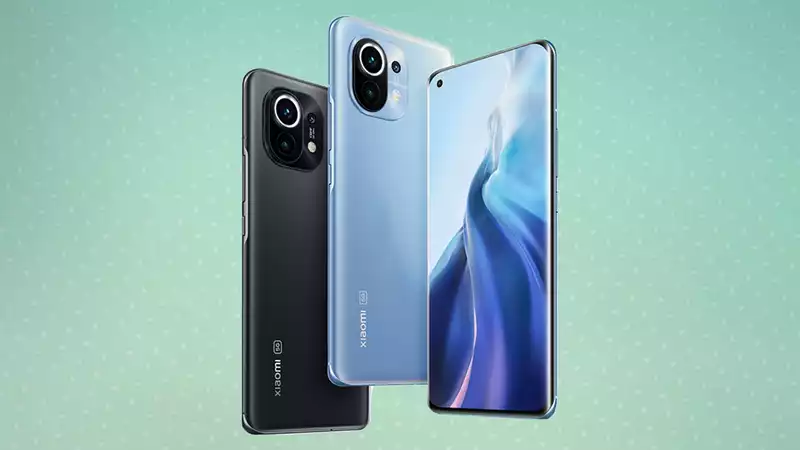


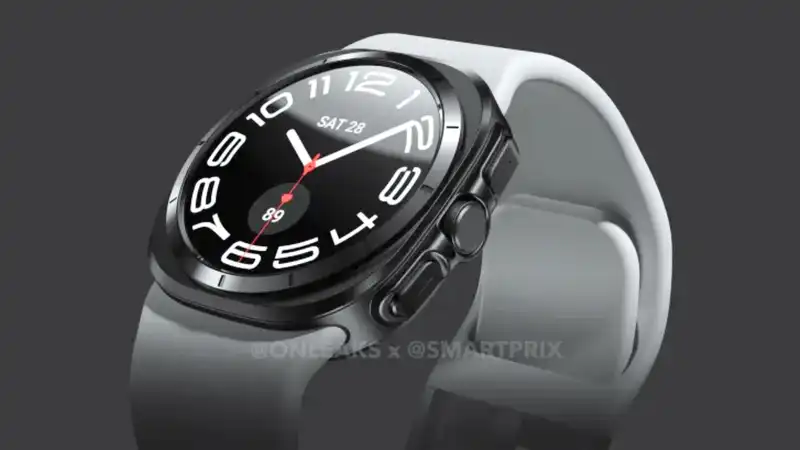
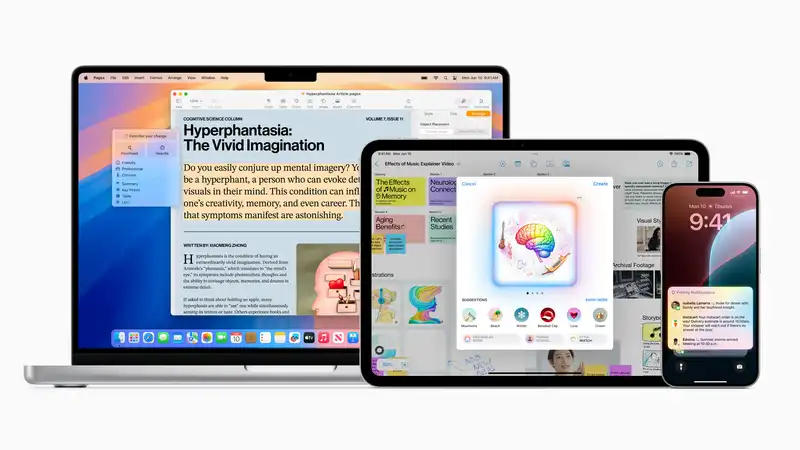

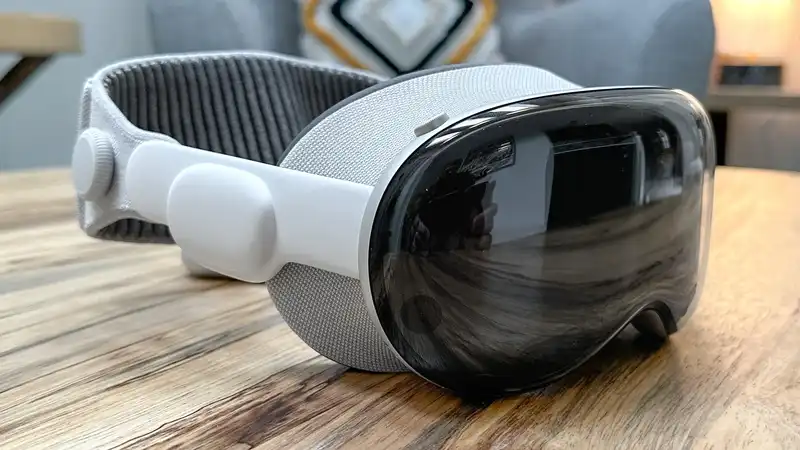

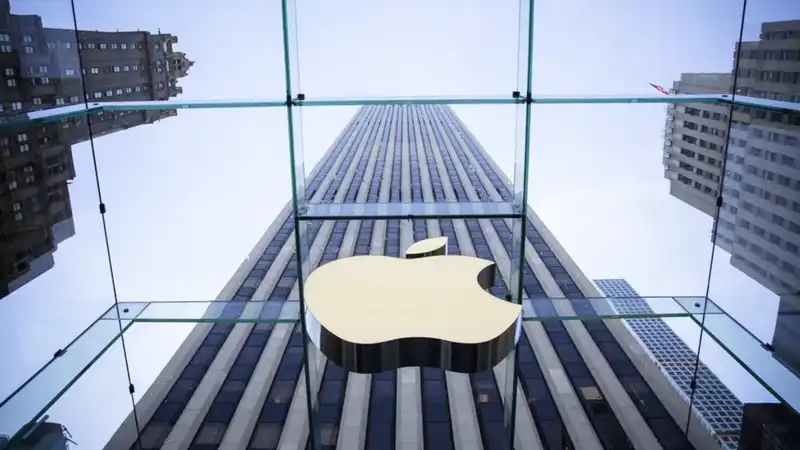
Comments